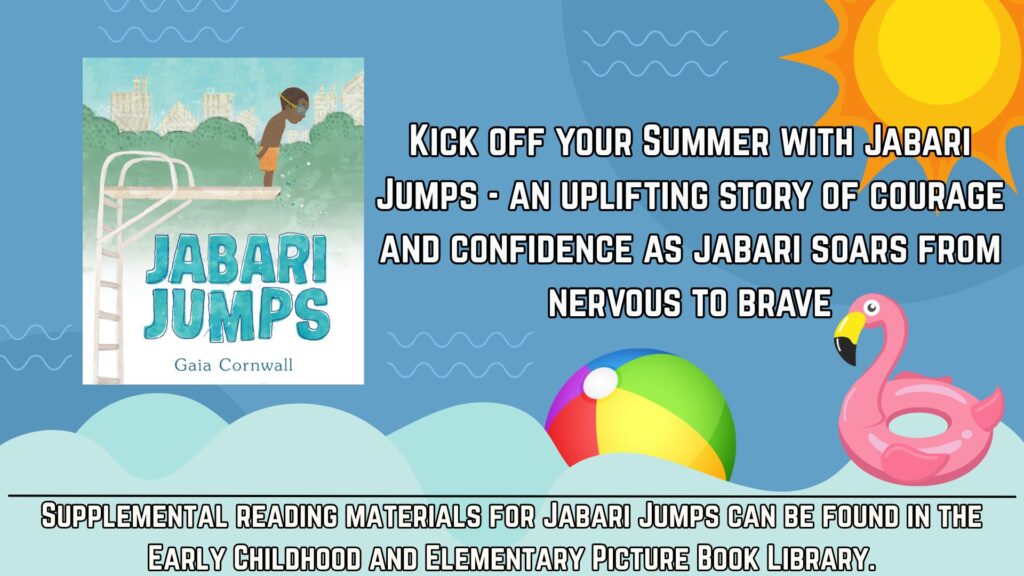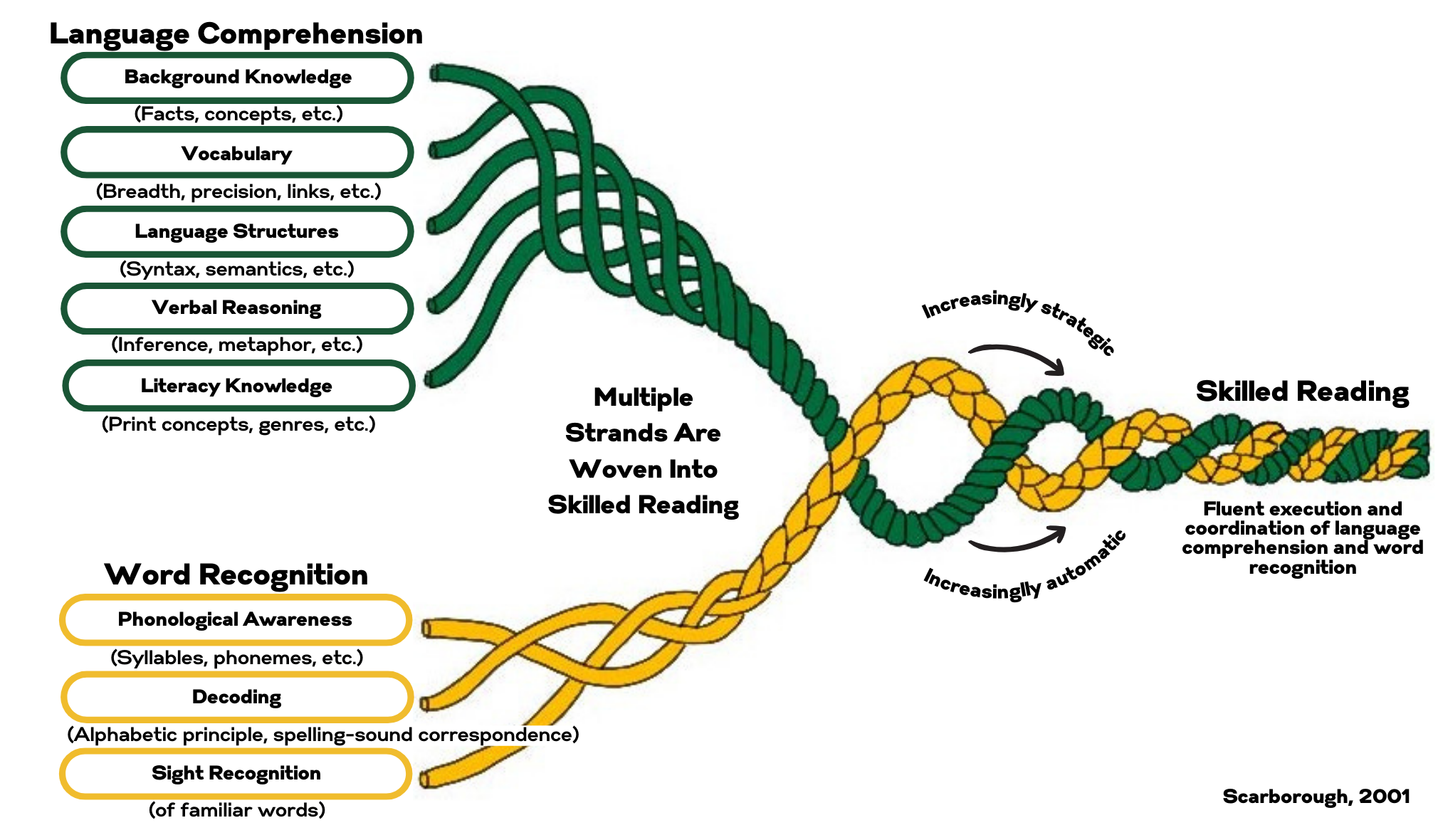How to navigate the LEAP website: English, Spanish

 Click Here for Free Access to Literacy Resources
Click Here for Free Access to Literacy Resources
Click above to access free literacy resources such as interactive reading guides, videos, and more.
 Resources for Tutors
Resources for Tutors
Tutors can login to access learning modules and retrieve literacy resources.
 Resources for Teachers
Resources for Teachers
Teachers can login to access learning modules and retrieve literacy resources.

The Literacy Engagement Action Project (LEAP) is a state-wide Virginia initiative to build literacy skills in K-12 students with a scalable, comprehensive program for teachers, students, and families. Content on our LEAP website is organized around Scarborough’s Rope (Scarborough, 2001), which is a useful way to picture the many parts of skilled reading. As you can see, reading involves many skills that are braided together, and most students will need explicit instruction to learn how to read proficiently. The rope is made of two key areas: Language Comprehension and Word Recognition. Students need plenty of opportunities to learn and explore in both areas: Reading requires solid understanding of language as well as specific skills to support word recognition. Missing knowledge in either of these key areas results in reading difficulty. Click on the skills strands in the model to read a short definition. Click through to visit pages with more detail, activities, resources, and links.







